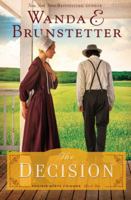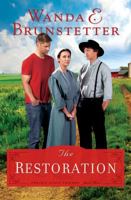Tough faith: The search for honest, durable Christianity
Select Format
Select Condition 
Based on Your Recent Browsing
Book Overview
No Synopsis Available.
Format:Hardcover
Language:English
ISBN:0802714455
ISBN13:9780802714459
Release Date:April 2005
Publisher:Walker Books
Length:416 Pages
Weight:1.75 lbs.
Dimensions:9.5" x 1.3" x 6.5"
Customer Reviews
5 customer ratings | 5 reviews
There are currently no reviews. Be the first to review this work.























